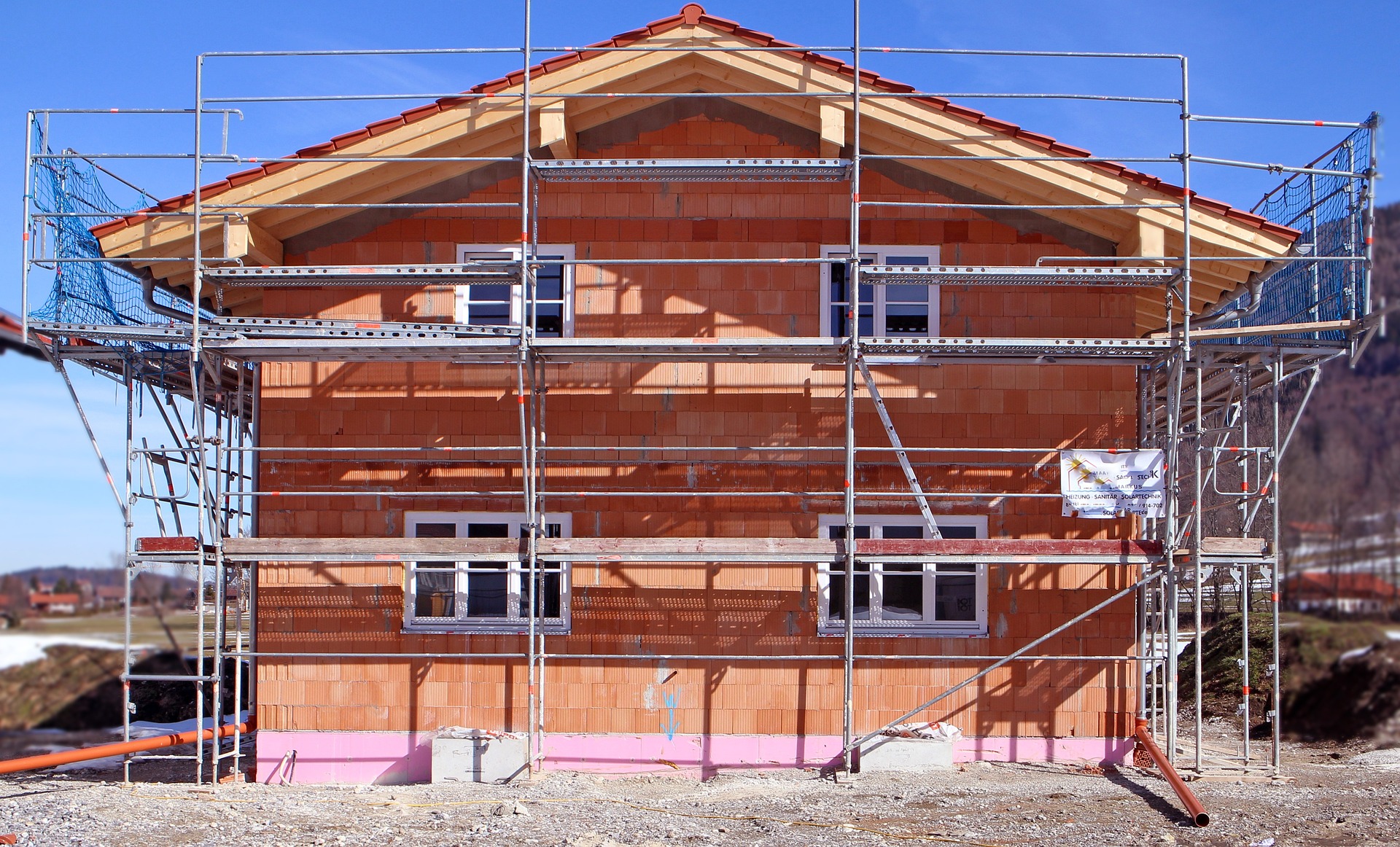Choosing Windows for Your Home in the United States: A 2025 Guide
Selecting windows for your home involves careful consideration of various factors, including climate requirements, energy efficiency, and architectural style. Modern windows offer enhanced functionality and improved performance compared to older models, making it essential to understand current options and innovations in window technology. This guide examines key aspects to consider when choosing residential windows.

Common Types of Windows Available for Homes
Single-hung and double-hung windows remain popular choices for residential properties, featuring vertical sashes that move up and down. Casement windows, which open outward using a crank mechanism, provide excellent ventilation and seal tightly when closed. Picture windows offer unobstructed views and maximum natural light but don’t open, while sliding windows move horizontally and are ideal for rooms facing decks or patios. Bay and bow windows create additional interior space while adding architectural interest to homes.
Factors to Consider When Selecting Windows
Energy efficiency ratings, measured by U-factor and Solar Heat Gain Coefficient (SHGC), indicate how well windows insulate and manage solar heat. Frame materials affect durability and maintenance requirements - vinyl offers low maintenance, while wood provides traditional aesthetics but needs regular upkeep. Glass options include double-pane or triple-pane configurations with various gas fills and low-E coatings that enhance insulation. Local climate conditions and home orientation should guide these technical specifications.
Why Regular Window Upgrades Matter
Modern window technologies offer significant improvements in energy efficiency, potentially reducing heating and cooling costs. Upgraded windows can enhance home security through advanced locking mechanisms and impact-resistant glass. New windows often feature improved sound insulation and UV protection, helping to protect interior furnishings from sun damage. Additionally, window replacement can increase property value and improve curb appeal.
Comparison of Common Window Types and Materials
| Window Type | Material Options | Average Lifespan | Energy Efficiency Rating |
|---|---|---|---|
| Double-Hung | Vinyl, Wood, Fiberglass | 20-30 years | Good to Excellent |
| Casement | Vinyl, Wood, Aluminum | 20-40 years | Excellent |
| Sliding | Vinyl, Aluminum | 20-30 years | Good |
| Picture | Vinyl, Wood, Aluminum | 30-40 years | Excellent |
Prices, rates, or cost estimates mentioned in this article are based on the latest available information but may change over time. Independent research is advised before making financial decisions.
Installation and Cost Considerations
Professional installation ensures proper window function and warranty coverage. Window costs vary significantly based on size, material, and energy-efficient features. Basic vinyl windows typically range from $200 to $800 per window, while wood windows can cost between $500 and $2,000. Installation costs generally add $100 to $300 per window. Custom sizes or high-end materials can increase these base prices substantially.
Energy-efficient windows may qualify for federal tax credits or local utility incentives, potentially offsetting initial costs. When calculating total project expenses, factor in removal of existing windows, any necessary repairs to surrounding structures, and proper disposal of old materials.
Modern window technologies continue to evolve, offering improved performance and enhanced features for homeowners. Understanding these options, along with careful consideration of local climate requirements and building codes, enables informed decisions when selecting windows for residential properties. While initial costs may be significant, quality windows represent a long-term investment in home comfort, energy efficiency, and property value.




